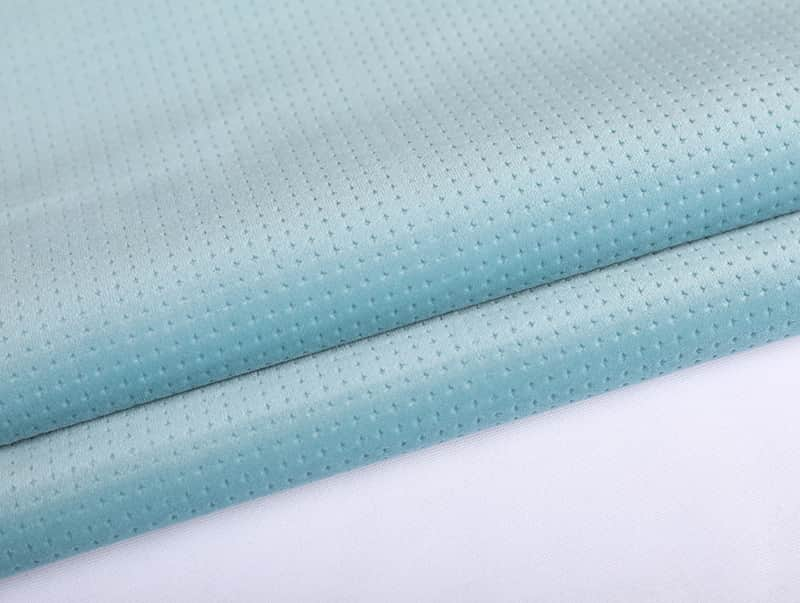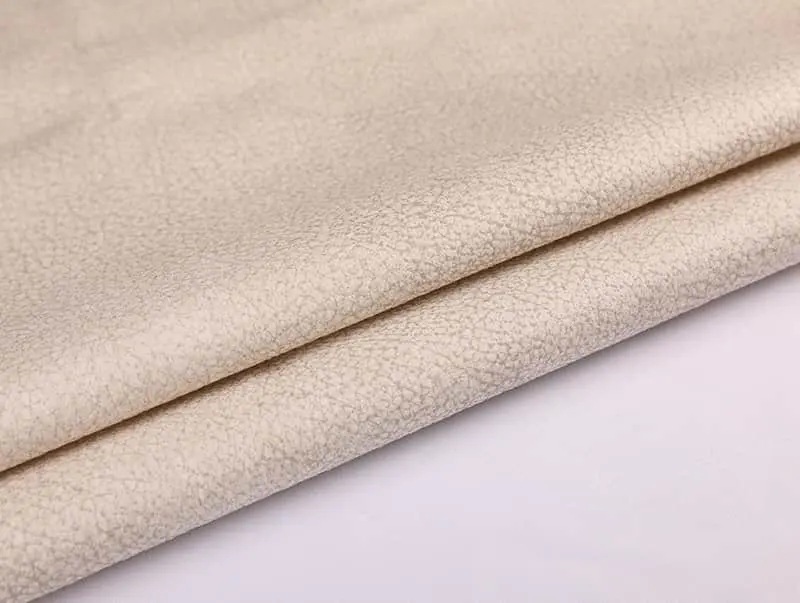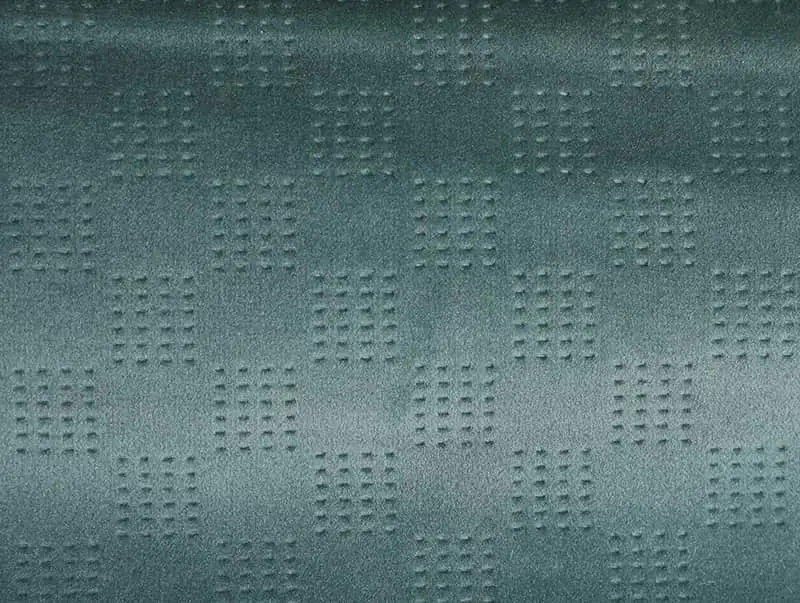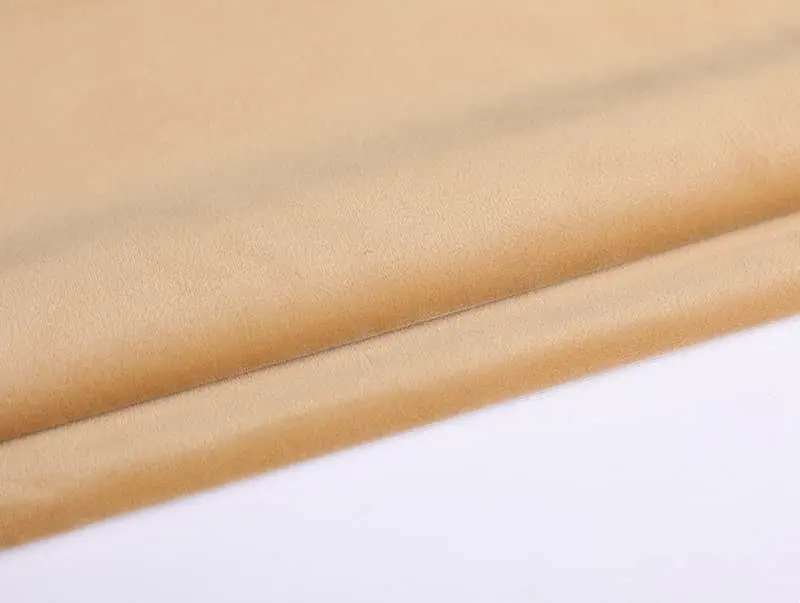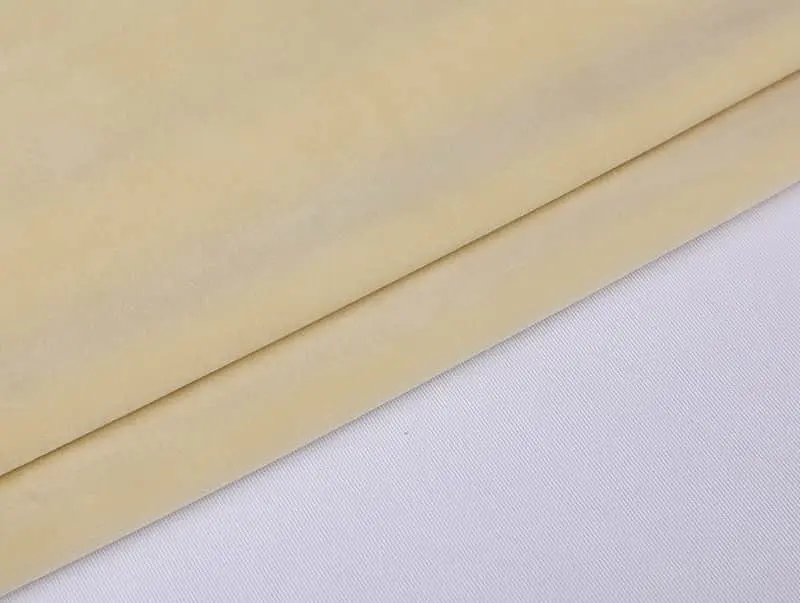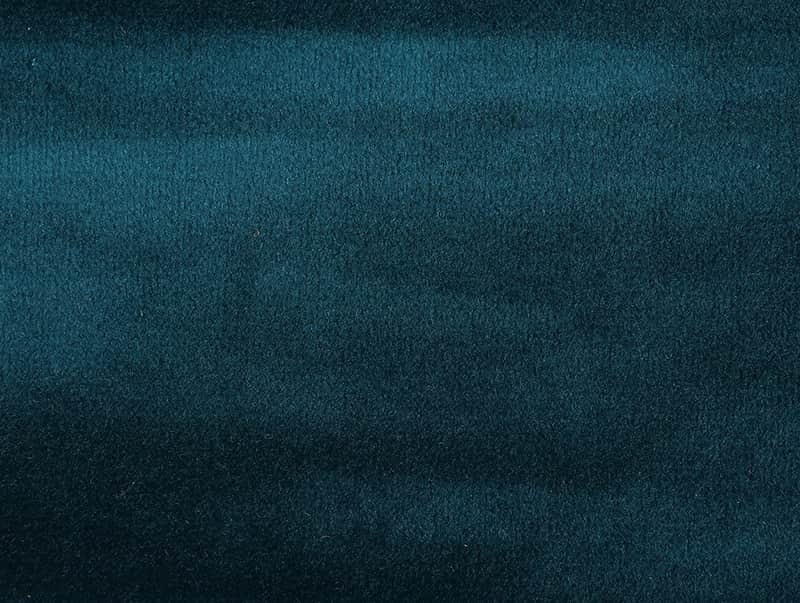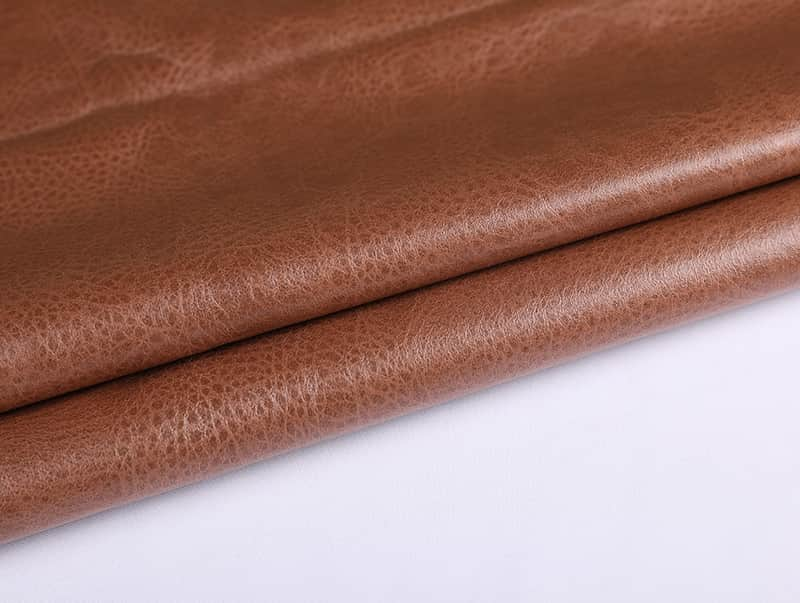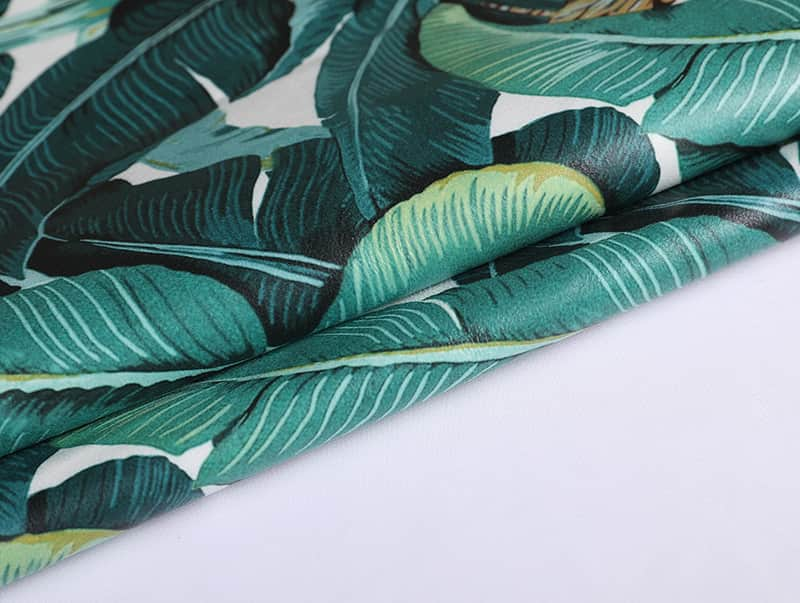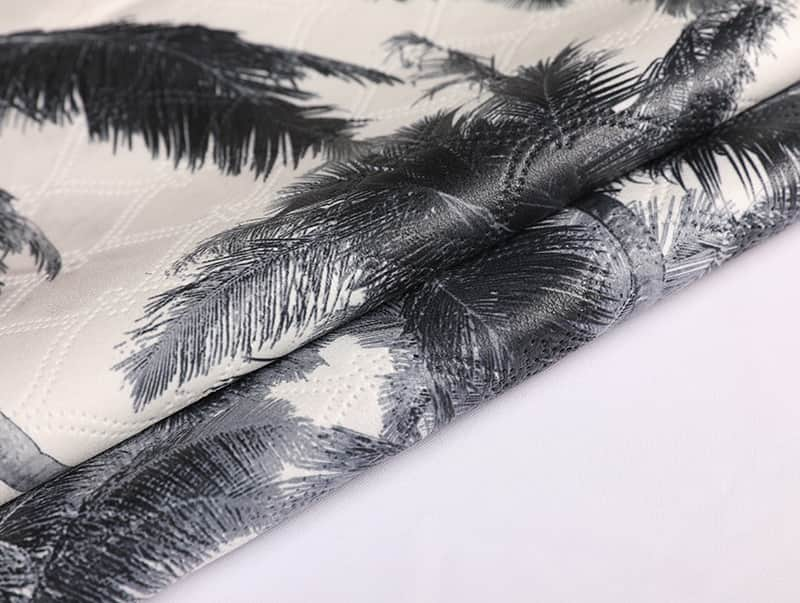Velvet is one of the most luxurious and visually appealing fabrics used in home furniture upholstery, especially on sofas. However, its elegant texture comes with a delicate nature that makes cleaning and maintenance more challenging. One common issue velvet owners encounter is water marks—discolorations or streaks that can occur after spills, steam cleaning, or even wiping with a damp cloth. If you're wondering how to get water marks out of sofa velvet upholstery fabric without damaging it, this article will guide you through professional techniques that preserve both the look and integrity of your velvet furniture.
Understanding Velvet and Why Water Marks Appear
Velvet is woven with a dense pile that can change direction, creating varying shades and textures. This unique structure is what gives velvet its plush look and soft touch. However, the same pile can trap moisture unevenly, causing water marks when the fabric dries. These marks are not always caused by staining substances, but rather by the disturbance of the pile's direction and light reflection differences after moisture exposure.
Key Considerations Before Cleaning
Before attempting any cleaning, take the following precautions:
Identify the type of velvet: Some sofas use synthetic velvet (like polyester or microfiber), while others may use silk or cotton velvet. Always check the manufacturer’s label.
Test a hidden area: Any method you use should first be tested on a less-visible part of the sofa to make sure it won’t cause discoloration or fabric damage.
Avoid excessive moisture: Water is the source of the problem, so excessive wetting can worsen the issue.
Tools and Supplies You May Need
A soft-bristle clothing brush or velvet brush
Clean, white microfiber cloths
A handheld steamer or steam iron with a vertical steam function
Distilled water
Upholstery cleaner formulated for velvet (optional)
A hairdryer with a cool setting (optional)
Step-by-Step Methods to Remove Water Marks from Velvet Upholstery
Method 1: Gentle Brushing and Pile Lifting
If the water mark is mild, gently brushing the affected area can help restore the nap (the raised surface of the velvet).
Wait until the area is completely dry.
Use a soft-bristled brush to lightly lift the pile in the direction of the surrounding velvet.
Brush slowly and evenly, blending the marked area into the unmarked sections.
This method is ideal for light marks caused by minimal moisture.
Method 2: Steam and Refresh
For more prominent water marks, controlled steaming helps relax the velvet fibers.
Set a handheld steamer to the lowest setting or use a steam iron in vertical mode.
Hold the steamer at least 6 inches away and gently pass steam over the marked area.
Do not let moisture pool—aim for a light, even exposure.
Once the fabric softens, use your brush to lift and realign the nap.
Be cautious not to oversaturate the velvet, and always allow it to dry naturally.
Method 3: Blotting and Brushing with Distilled Water
This method works when the water mark is accompanied by minor residue or has dried unevenly.
Dampen a white cloth with distilled water (tap water can leave minerals behind).
Lightly blot the stained area. Do not rub—this can flatten the nap.
After blotting, let the area air dry, then brush the pile back into place using a velvet brush.
Distilled water minimizes the risk of adding new marks or mineral rings.
Avoid These Common Mistakes
Using harsh detergents: Velvet is sensitive to chemicals. Stick to gentle upholstery-specific cleaners.
Over-wetting the fabric: This can lead to mold, fading, or further water marks.
Scrubbing the pile: Aggressive movement can permanently crush the fibers, making the mark more noticeable.
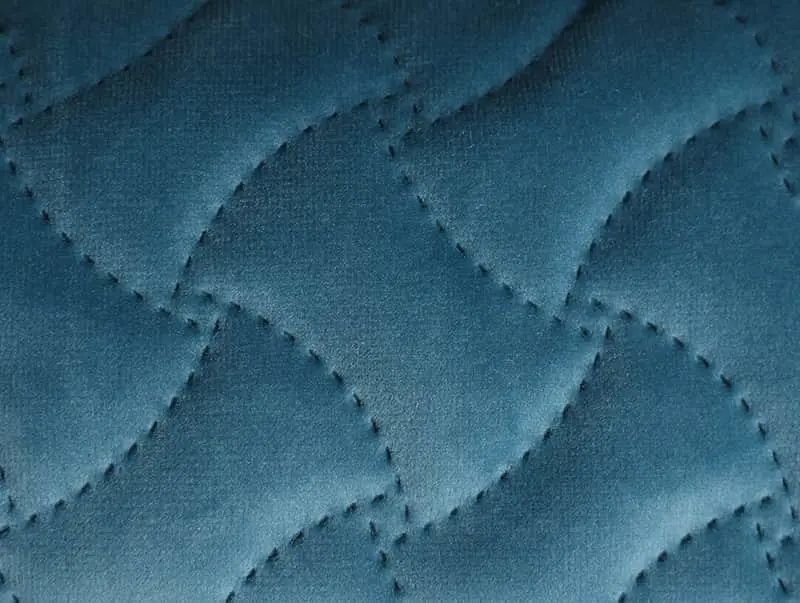
Professional Cleaning as a Last Resort
If DIY methods do not remove the water marks or if the velvet is high-value (like silk velvet), professional upholstery cleaning is the safest option. Professionals use specialized equipment and solutions to clean delicate fabrics without causing damage or distortion.
